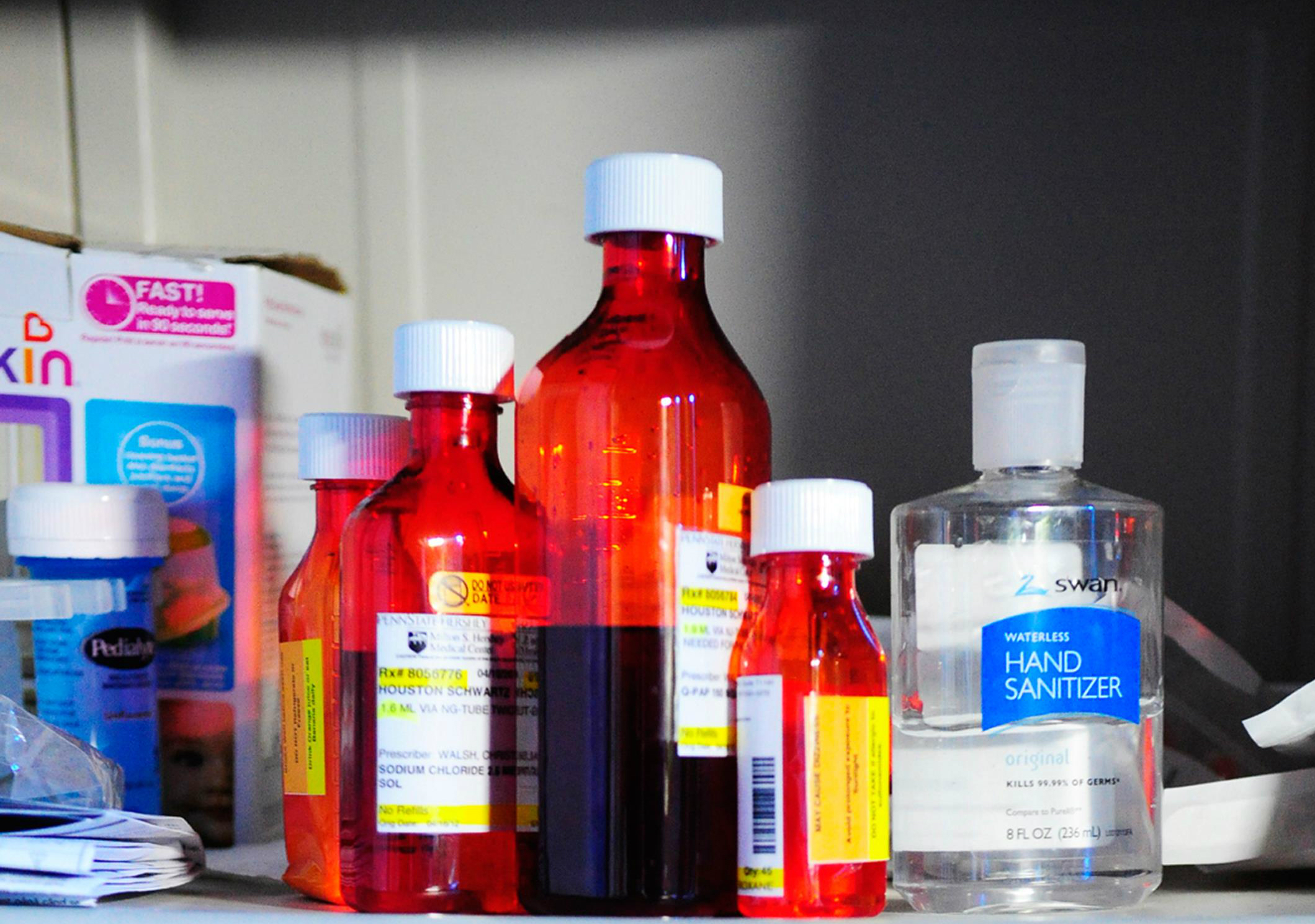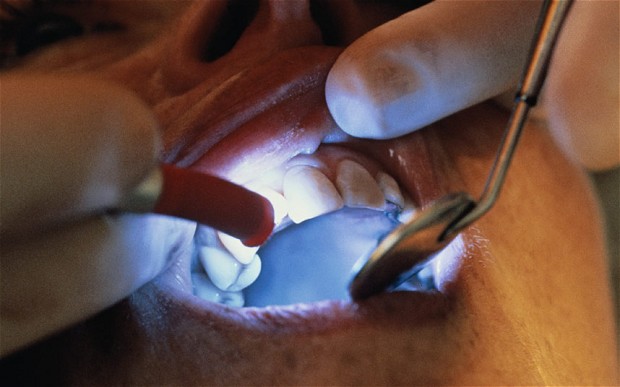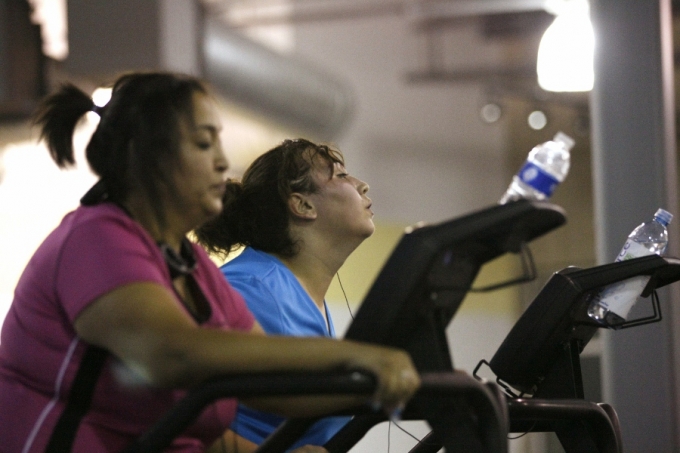Noseless toddler can still cough and sneeze but can’t smell
A toddler in Britain has a rare medical condition because of which she was born without a nose. Though the baby-girl does not have any sense of smell, she can still cough, sneeze and catch a cold. Tessa Evans loves running around, playing outside and blowing kisses. But unlike any other children, she suffers from an extremely rare condition which means she has no nose. The 17-month-old has complete congenital arhinia, which is so rare there are only around 40 cases reported in medical literature,
Despite her difficulties, she always has a smile on her face, says her mother Gráinne. ‘At first I just couldn’t understand it, I didn’t even know it was possible. How did my little girl not have a nose? Was she going to live? Would anyone be able to help her? But ever since we got her home she’s grown every day, smiled more and the more she shines the more her differences fade into the background.’ Just weeks after giving birth, while researching the condition on the internet, the mother came across a journal online which stated that babies born like Tessa had poor mental and physical development.
She claims it implied that parents should be given the option to terminate their pregnancy. Buut Evans, a full time carer from Maghera, County Derry, Northern Ireland says her daughter proves that statement wrong. Tessa’s condition was detected during the 20-week scan which showed an abnormally flat facial profile. Her mother and father – Nathan, 32, a nightclub manager – were told to prepare to make difficult decisions. But the follow up 3D scan and tests revealed Tessa was perfectly healthy and everything was normal. There are just 47 recorded cases in the English records of people with partial or full facial anomalies.
Source; The health site



















